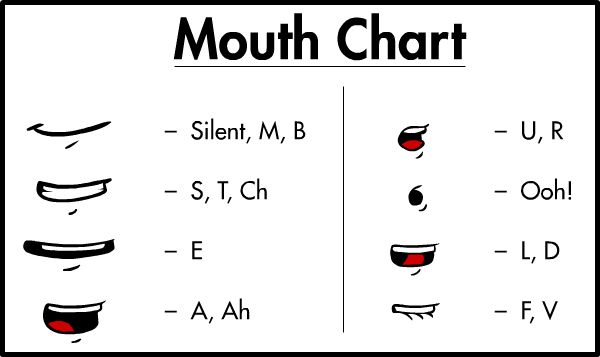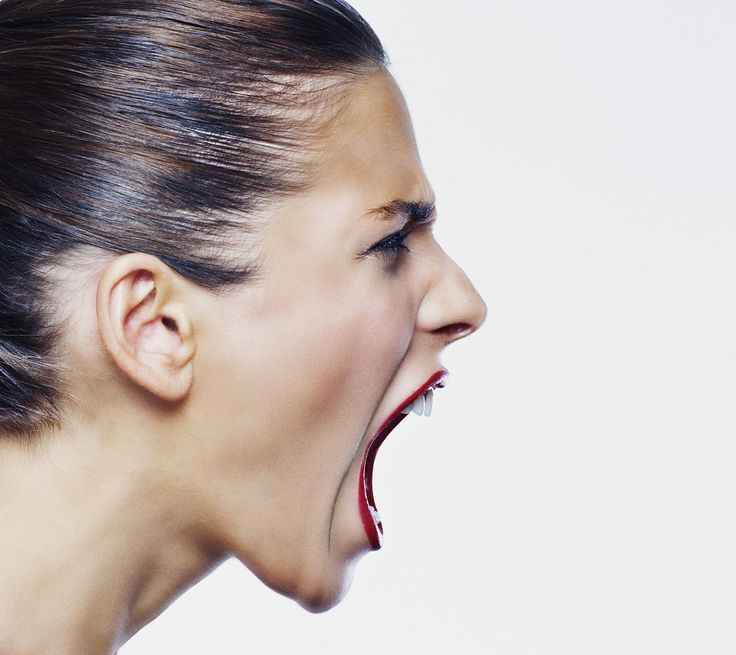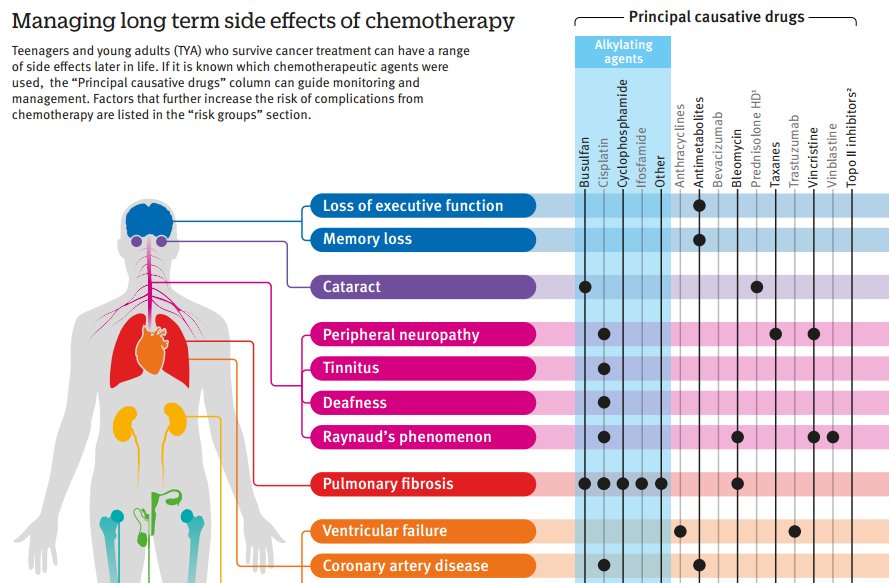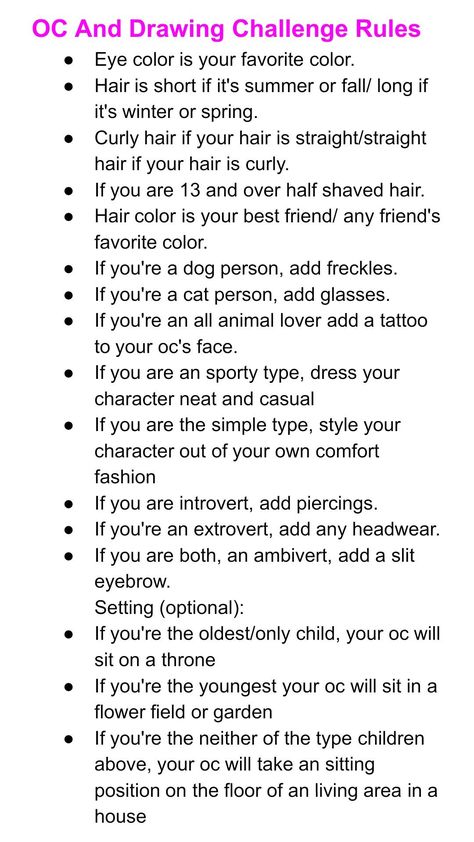Talking out the side of your mouth
Science of Speaking and Listening
Bill and Hillary Clinton. Shaun Heasley/Getty ImagesAlfred A. Tomatis was an internationally known ear nose and throat doctor.
Early in his career, Tomatis discovered that the quality of our speech or singing is only as good as our ability to hear, monitor, and correct it as we produce it. Many famous singers, and announcers who were loosing their voices came to him, and he restored them by improving their brain’s ability to better hear the sound they produced, with a device he called, “The Electronic Ear,” that highlighted frequencies they couldn’t hear. “We speak with our ears, not our voices,” he used to joke.
But Tomatis made a second major clinical discovery—something we all look at every day of our lives, but never see. He discovered that almost every human being talks primarily out of one side of the mouth.
People with good listening skills overwhelmingly speak with the right side of the mouth, and the sound of their speech enters their right ear. The right ear and its circuits are also important for singing.
All the professionally successful singers that Tomatis examined—with one exception—were "right-eared"; when he played noise into their right ear, so they couldn’t hear their voices on the right, their singing voice deteriorated. The left hemisphere is the area where most people—be they right- or left-handed— process important verbal elements of speech. However, each brain hemisphere gets most of its sound input from the ear on the opposite side of the body.
According to Tomatis, the right ear sends three-fifths of the fibers of its auditory nerve to the left hemisphere, and two-fifths go to the right hemisphere.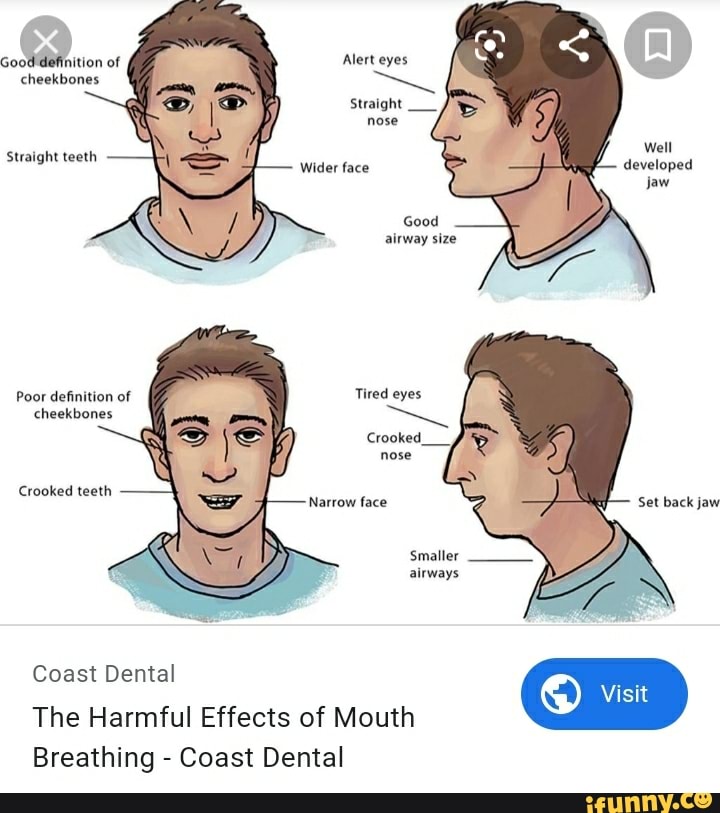 Similarly, the left ear sends three-fifths of its nerve fibers to the right hemisphere and two-fifths to the left.
Similarly, the left ear sends three-fifths of its nerve fibers to the right hemisphere and two-fifths to the left.
Hence most of the nerve fibers supplying the left hemisphere come from the right ear. Thus the fastest, most direct nerve pathway to the left hemisphere's language area, for most people, is via the right ear. There are a few exceptions, in some lefthanded people.
Some left-handed people who speak well, such as President Bill Clinton, use both sides of the mouth to speak, meaning that they listen on both sides equally.
Ninety-five percent of healthy right-handers process key elements of verbal language in their left hemisphere; the remaining 5 percent process them in their right.
Seventy percent of left-handers process key aspects of verbal language in the left hemisphere, 15 percent in the right, and 15 percent bilaterally.
Since only about 10 percent of people are left-handed, the overwhelming majority of people process language activities on the left.
The day Tomatis met a patient, Paul, Tomatis saw that there was more animation on the left side of Paul's face, and more movement on the left side of his lips and mouth when he talked, and that his left side—and left ear—leaned into the conversation.
This behavior meant that Paul was hearing speech with his left ear.
Sound signals had to take the roundabout, less efficient path to get to his left-hemisphere language area: they had to pass from his left ear to his right hemisphere, then back across, through the middle of his brain, to his left hemisphere. The resulting delay, up to 0.4 second, contributed to Paul's inability to process the speech of others in real time, causing a time lapse whenever he tried to put his thoughts into words and contributed to his tendency to lose his train of thought.
The resulting delay, up to 0.4 second, contributed to Paul's inability to process the speech of others in real time, causing a time lapse whenever he tried to put his thoughts into words and contributed to his tendency to lose his train of thought.
This is because, over time, for some people, speaking on the left side of the mouth and listening with the left ear can lead to disorganization in a developing brain, contribute to learning disorders that seem unrelated to listening, and give rise to stammering and stuttering.
This story comes from The Brain's Way of Healing by Norman Doidge, MD. The Brain's Way of HealingMost people do certain activities with their right hemisphere, and certain activities with their left.
For instance, most right-handers write with their right hand, use a baseball bat on the right side, and use the right hand for activities that require strength, coordination, and control. Their right hand is dominant, and is controlled by the left hemisphere.
But Paul, Tomatis observed, used his left hand for some activities, and his right for others, a pattern called mixed dominance, which is typical of people with dyslexia who are left- ear listeners, and which can, thought Tomatis, indicate a brain problem.
Because of his mixed dominance, Paul was unable to differentiate brain areas for his right and left hands or to use his hands to do different tasks simultaneously, such as playing the guitar, where one hand strums and the other is on the fingerboard. Such mixed dominance contributed to his overall clumsiness and poor handwriting and even affected his eye tracking when he was reading.
Instead of reading from left to right in a systematic way, frequently his eyes strayed back to the midline of a sentence or jumped around the page.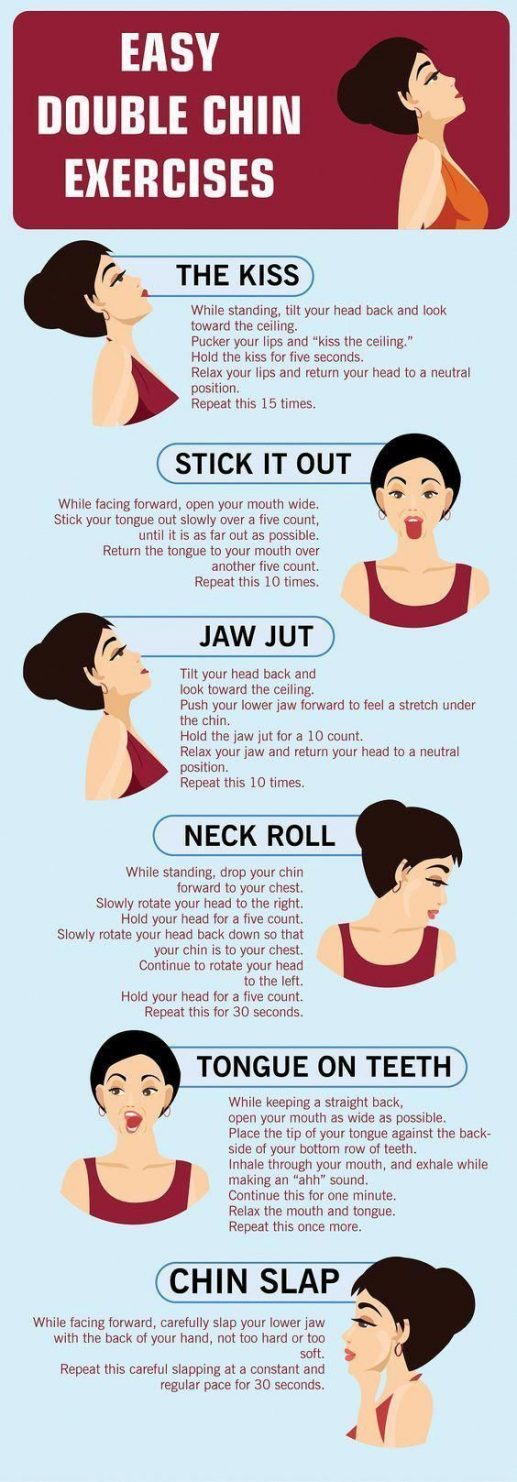 To make Paul a right-eared listener and correct his mixed dominance, Tomatis set the Electronic Ear to stimulate Paul's right ear and its circuitry by decreasing the volume to the left.
To make Paul a right-eared listener and correct his mixed dominance, Tomatis set the Electronic Ear to stimulate Paul's right ear and its circuitry by decreasing the volume to the left.
Paul was not just a slow listener. He often missed what people were saying, Tomatis realized, because he heard too much in the low frequencies and not enough in the higher ones. The reasons were several: First, Paul had visibly low muscle tonus throughout his body, which led to his poor posture, clumsiness, and dislike of fast movements.
This bodily hypotonia affected and weakened Paul's ear muscles and auditory zoom, so it couldn't differentiate the frequencies of human speech. (Our auditory zoom allows us, when we enter a crowded noisy room, to focus in on individual conversations.)
Second, Paul listened mostly with his left ear. Tomatis had found that the right ear and its brain circuit generally hear more of the higher speech frequencies than the left.
Thus Paul often heard more background noise and hum than clear speech. Since the right ear and its auditory cortex normally process the higher frequencies, stimulating the right side also trained Paul's brain to process speech more clearly, and eliminate his dyslexia.
Since the right ear and its auditory cortex normally process the higher frequencies, stimulating the right side also trained Paul's brain to process speech more clearly, and eliminate his dyslexia.
From The Brain’s Way of Healing: Remarkable Discoveries and Recoveries from the Frontiers of Neuroplasticity by Norman Doidge, M.D. Reprinted by arrangement with Viking, an imprint of Penguin Publishing Group, a division of Penguin Random House LLC. Copyright © 2015 by Norman Doidge.
Talking Out of the Side of Your Mouth: Here's What It Means
Many idioms and phrases circulate in English that might need a bit of clarification. Lucky for you, we’re here to help. This article will explain what “talking out of the side of your mouth” means and how you can use it correctly.
What Does “Talking Out of the Side of Your Mouth” Mean?
“Talking out of the side of your mouth” means that you are lying or speaking privately. It has two meanings associated with it, one of which comes from the extended idiom “speaking out of both sides of your mouth.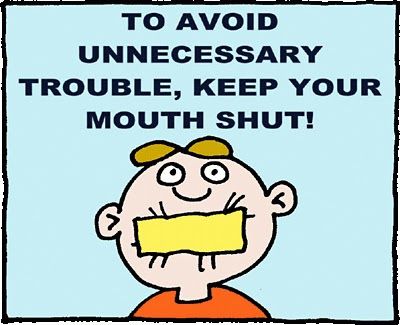 ” Lying is the most common meaning associated with the word.
” Lying is the most common meaning associated with the word.
When someone is speaking out of the side of their mouth, it often means that they are saying one thing to you, but something completely different to another person. This is akin to lying, and it often doesn’t take much to figure out that these people aren’t honest.
On the flip side, if someone is talking out of both sides of their mouth, then they are trying to say something privately. They are basically whispering by talking out of the side of their mouth so that nobody else can hear them.
The two meanings are very different, and you should not use them interchangeably. Since lying is more commonly associated with this idiom, it’s best to stick to “taking out of the side of your mouth” as a lying idiom.
Watch the video: Only 1 percent of ...
Please enable JavaScript
Watch the video: Only 1 percent of our visitors get these 3 grammar questions right...
Example Sentences
If you would like to know how to use this idiom in a sentence, you can refer to the following:
- You’re doing nothing but talking out of the side of your mouth. What makes you think I’m going to believe you.
- Stop speaking out of the side of your mouth. It isn’t a good look, and I can already tell that you’re not consistent with what you say.
- If you’re going to talk out of the side of your mouth, maybe you should come up with a better lie than that one.
- I have got to speak out of the side of my mouth right now. I don’t want anybody else to hear what I have to say, but it’s very important.
- You’re not going to keep talking out of the side of your mouth, are you? I can’t keep up with all the deceit!
- Talking out of the side of your mouth isn’t ideal in this family. If you’ve got something to say, you should just be honest and say it.
- I didn’t mean to speak out of the side of my mouth, but I really didn’t think it was wise for anyone else to hear that.

You can use the phrase to reference somebody’s lying. It often calls them out for being deceitful or malicious when telling a lie. Many people won’t know how to respond if you use an idiom like this because they’ll know they’ve been caught out.
Variations of “Talking Out of the Side of Your Mouth”
There are some variations of this idiom that you might have come across as well. Check out some of these to see if you’re familiar:
- Talking out of the side of your neck
- Talking out of the corner of your mouth
- Talking out of both sides of your mouth
All of these variations are used in very similar ways. You’ll often find them being used when referring to someone that is clearly lying:
- Do you have to keep talking out of the side of your neck? I already know that you’re full of it!
- He is talking out of the corner of his mouth, and I can’t quite understand why he would do that.
- Stop talking out of both sides of your mouth already.
 I’m already wise to you and your antics!
I’m already wise to you and your antics!
“Talking Out of the Side of Your Mouth” – Synonyms
Perhaps you’d also like to check out a few synonyms that you might be able to use:
- Lie through your teeth
- Pull the wool over my eyes
- Nothing but smoke and mirrors
- Bend the truth
- Pull a fast one
- Lying
- Deceiving
Final Thoughts
“Talking out of the side of your mouth” means that you or someone else is lying. You will often say one thing to someone but a completely different lie to another person. It could signify that you are speaking privately, but this meaning is much less common.
You may also like: 10 Words For Someone Who Lies All The Time
Is my tongue my doctor? What diseases can be recognized by the organ of taste. — FSBI "NMITs TPM" of the Ministry of Health of Russia
The tongue is one of the most important organs in the body. It contains receptors that allow you to recognize all the shades of taste of products that enter the oral cavity.
As scientists noted in ancient times, human language has a connection with various organs of the body. When diagnosing, they divided it into conditional parts: basal, middle and tip. And it was believed that with the pathology of one or another organ, the lesion would be noted strictly in one of these areas. In what diseases leave their mark on the language, AiF.ru figured out together with professor, MD, head of the laboratory for the development of an interdisciplinary approach in the prevention of chronic non-communicable diseases of the Federal State Budgetary Institution "State Research Center for Preventive Medicine of the Ministry of Health of Russia", an expert of the "League of Nation's Health" Mehman Mamedov .
Color range
During the examination, a doctor is often asked to show his tongue. And they do it not out of idle curiosity. After all, even by the color of the tongue it is quite possible to determine whether there is a particular disease.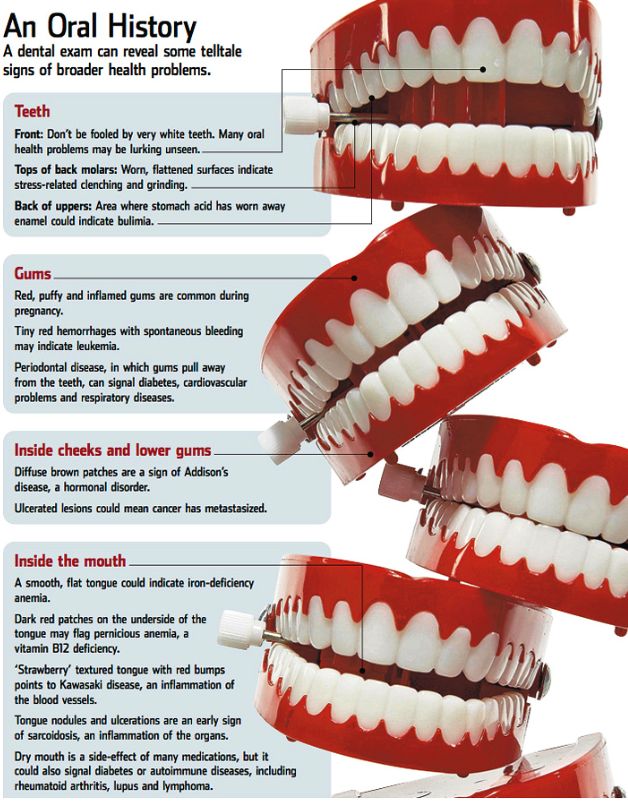 So, for example, the tongue of a healthy person should be pale pink: this is what is accepted as the norm. If there is a white coating on the tongue, we can talk about fungal infections of the body or disorders of the gastrointestinal tract. A gray tongue is usually the result of chronic pathologies. Bright red - will indicate infectious and inflammatory processes in the human body, if the red color has a shade of scarlet, doctors will suspect problems with the circulatory system. Burgundy tint is a clear sign of an acute infectious process. The tongue is part of the gastrointestinal tract, and is also associated with the respiratory system, because. is located in the oral cavity. With stomach and duodenal ulcers, problems with the gallbladder, liver and intestines, there may be changes in the color of the tongue. Each disease has its own manifestations - somewhere it can be more contrast, somewhere lighter. nine0003
So, for example, the tongue of a healthy person should be pale pink: this is what is accepted as the norm. If there is a white coating on the tongue, we can talk about fungal infections of the body or disorders of the gastrointestinal tract. A gray tongue is usually the result of chronic pathologies. Bright red - will indicate infectious and inflammatory processes in the human body, if the red color has a shade of scarlet, doctors will suspect problems with the circulatory system. Burgundy tint is a clear sign of an acute infectious process. The tongue is part of the gastrointestinal tract, and is also associated with the respiratory system, because. is located in the oral cavity. With stomach and duodenal ulcers, problems with the gallbladder, liver and intestines, there may be changes in the color of the tongue. Each disease has its own manifestations - somewhere it can be more contrast, somewhere lighter. nine0003
It also happens that the color of the tongue changes up to blue and purple. In this case, they talk about problems with mild or severe kidney ailments. Yellowing of the tongue is not only a characteristic feature of a heavy smoker, but also a signal of problems with the gastrointestinal tract. With a lack of vitamins in the human body, the tongue may even lose color.
In this case, they talk about problems with mild or severe kidney ailments. Yellowing of the tongue is not only a characteristic feature of a heavy smoker, but also a signal of problems with the gastrointestinal tract. With a lack of vitamins in the human body, the tongue may even lose color.
It should be borne in mind that too dark and saturated shade is a sign of problems that require immediate medical attention, or even hospitalization. nine0003
Additional factors
However, not only the color matters. If the tongue is too dry, the following diagnoses can be made: dehydration, intestinal obstruction, peritonitis. Often, dryness of the tongue is noted with an increase in body temperature. If the situation approaches critical, the organ of taste may even crack due to dryness. In this case, an additional threat is created: it is easily infected with bacteria, as a result of which suppuration and severe inflammation begin.
Of particular importance is the type of coating on the tongue.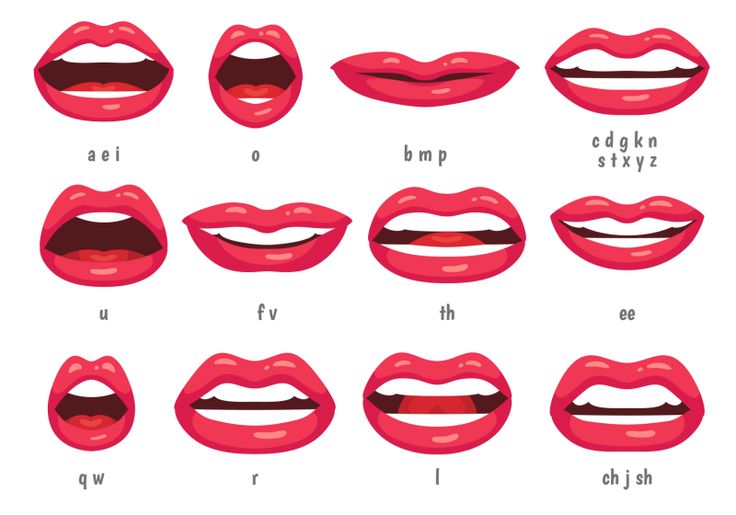 So, if he is thin, then the disease is in the initial phase, and if he is frankly fat and fat, then the problem most likely lies in the pathologies of the gastrointestinal system: this usually happens if mucus has accumulated there and food stagnates. Spotted and purple plaque indicates the development of blood stasis. Malfunctions in the digestive system will lead to the fact that the tongue will become a little swollen, it will be wet. In this case, it is recommended to check for gastritis, cholecystitis, ulcers and even appendicitis. nine0003
So, if he is thin, then the disease is in the initial phase, and if he is frankly fat and fat, then the problem most likely lies in the pathologies of the gastrointestinal system: this usually happens if mucus has accumulated there and food stagnates. Spotted and purple plaque indicates the development of blood stasis. Malfunctions in the digestive system will lead to the fact that the tongue will become a little swollen, it will be wet. In this case, it is recommended to check for gastritis, cholecystitis, ulcers and even appendicitis. nine0003
Doctors pay special attention to the place of plaque accumulation. So, if it is more adjacent to the root of the tongue, then problems are noted in the large intestine: most likely, a lot of human waste products have accumulated there that cannot find a way out. Plaque in the middle indicates problems in the small or duodenum, stomach. If the plaque is so thick, and the tongue is so swollen that you can see the imprints of the teeth along the edge, you need to reconsider your diet: with a high degree of probability, it can be argued that the intestines cannot cope with the food that a person eats.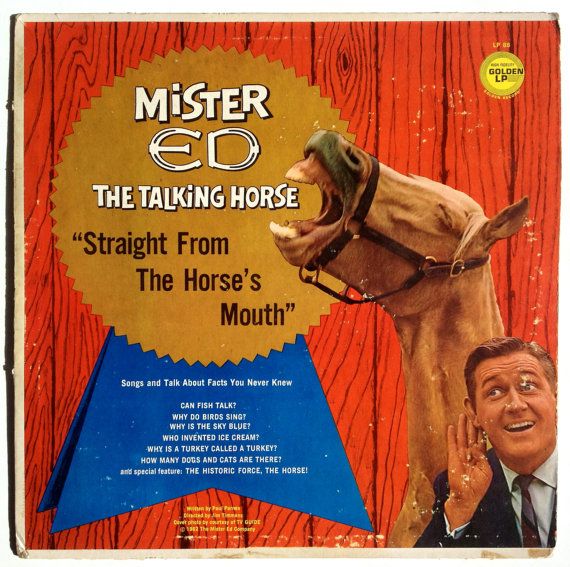 nine0003
nine0003
The presence of deep wrinkles and cracks located across should alert and send to a neurologist - as a rule, such a problem manifests itself with a predisposition to vascular disorders of the brain.
The tongue can even indicate serious heart and vascular problems, which can occur without any symptoms for some time. So, for example, a tongue slightly shifted to the side or slightly twisted will indicate a hemorrhagic stroke, cerebrovascular accident, problems with the functioning of the cerebellum. nine0003
An increase in the volume of the organ of taste may be the result of problems with the thyroid gland, malfunctions of the pituitary gland or mental disorders.
Trembling and grainy
Sometimes a person may notice that his tongue ... trembles. This condition indicates nervousness and problems with the central nervous system. Doctors recommend in such a situation to change the psychological environment, as well as work on your lifestyle. It is also worth checking with a doctor if a decrease in taste sensations has begun. After all, it does not develop out of the blue: there must be a reason why a person no longer feels the tastes to which he is accustomed. Moreover, it is important to understand that there are certain zones and areas on the tongue that are responsible for the reaction to different tastes: spicy, salty, sweet, etc. If a failure is noted in any of the parts, this may indicate that the nervous or the endocrine system. The loss of taste of the taste buds of the tongue is manifested as a result of a violation of metabolic processes in the human body, as well as failures in the central system of various etiologies, with the development of anemia and in the presence of oncological diseases. nine0003
Also, people often begin to notice that the tongue has become rougher: this is due to an increase in the size of the papillae on the surface of the organ. When swollen papillae are localized at the tip, it is worth being examined by a cardiologist. If the tongue becomes "spiky" around the edges, you need to check the liver. The affected middle part of the tongue indicates problems in the stomach and intestines. At the same time, it’s not worth rejoicing when the tongue becomes smooth and “mirror-like”. After all, this is also a pathology. This happens with anemia, exhaustion or severe pathologies of the stomach. nine0003
The affected middle part of the tongue indicates problems in the stomach and intestines. At the same time, it’s not worth rejoicing when the tongue becomes smooth and “mirror-like”. After all, this is also a pathology. This happens with anemia, exhaustion or severe pathologies of the stomach. nine0003
 Tobacco causes yellow-brown or dark staining, usually in the isthmus of the teeth and mainly on the lingual surfaces. When chewed, tobacco quickly penetrates the enamel and forms even darker stains, and marijuana can give clear rings in the cervical part of the teeth near the gingival margin. Coffee and tea cause the formation of pronounced and persistent brown or black spots on the tooth enamel. nine0045
Tobacco causes yellow-brown or dark staining, usually in the isthmus of the teeth and mainly on the lingual surfaces. When chewed, tobacco quickly penetrates the enamel and forms even darker stains, and marijuana can give clear rings in the cervical part of the teeth near the gingival margin. Coffee and tea cause the formation of pronounced and persistent brown or black spots on the tooth enamel. nine0045 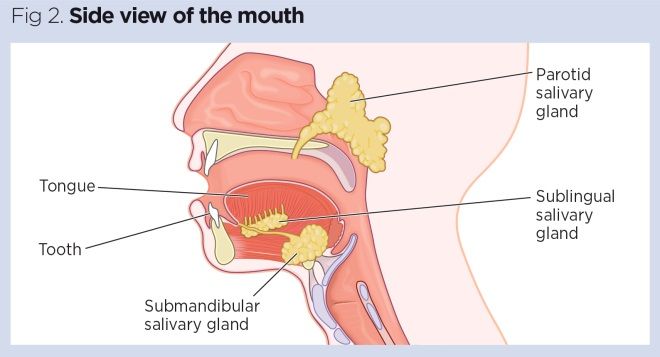 However, a semi-synthetic tetracycline derivative used to treat acne has recently been found to cause tooth staining in adolescents. It is believed that tooth pigmentation occurs due to the ability of minocycline to form chelates with iron and create insoluble complexes. nine0045
However, a semi-synthetic tetracycline derivative used to treat acne has recently been found to cause tooth staining in adolescents. It is believed that tooth pigmentation occurs due to the ability of minocycline to form chelates with iron and create insoluble complexes. nine0045  A change in the color of the tooth crown can occur immediately after an injury, especially in the cervical area on the palatal side, where the enamel layer is thinner, which is a diagnostic sign of an injury. Thus, discoloration of the teeth is clinically manifested by a wide variety of shades. nine0045
A change in the color of the tooth crown can occur immediately after an injury, especially in the cervical area on the palatal side, where the enamel layer is thinner, which is a diagnostic sign of an injury. Thus, discoloration of the teeth is clinically manifested by a wide variety of shades. nine0045  nine0003
nine0003 

